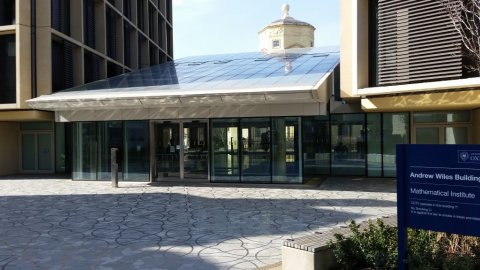HiGHS: From gradware to software and Impact
Abstract
HiGHS is open-source optimization software for linear programming, mixed-integer programming, and quadratic programming. Created initially from research solvers written by Edinburgh PhD students, HiGHS attracted industrial funding that allowed further development, and saw it contribute to a REF 2021 Impact Case Study. Having been identified as a game-changer by the open-source energy systems planning community, the resulting crowdfunding campaign has received large donations that will allow the HiGHS project to expand and create further Impact.
This talk will give an insight into the state-of-the-art techniques underlying the linear programming solvers in HiGHS, with a particular focus on the challenge of solving sequences of linear systems of equations with remarkable properties. The means by which "gradware" created by PhD students has been transformed into software, generating income and Impact, will also be described. Independent benchmark results will be given to demonstrate that HiGHS is the world’s best open-source linear optimization software.



